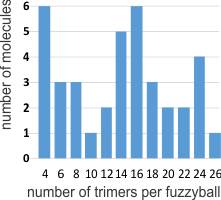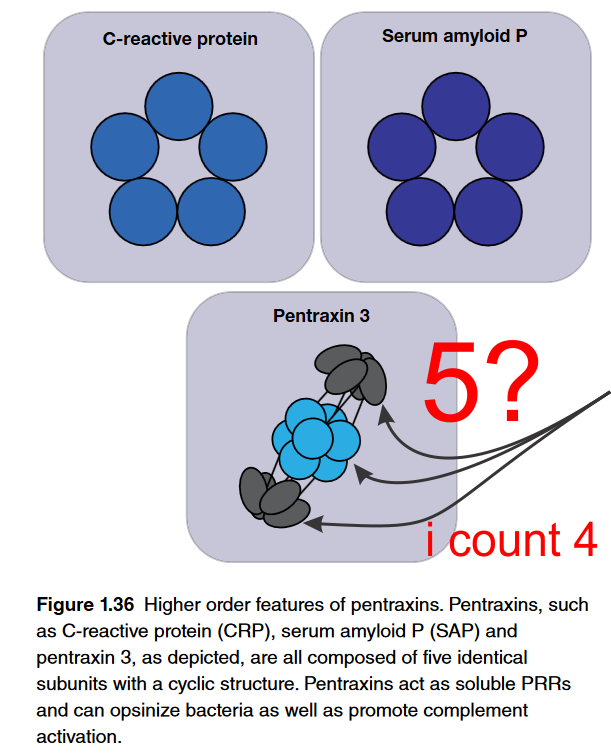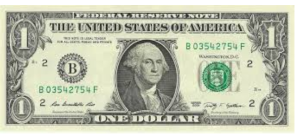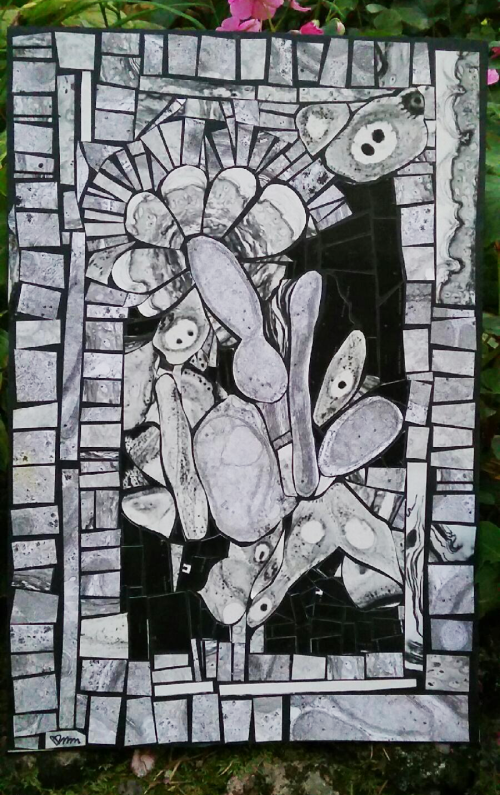UPDATE, no wonder sears is going bankrupt….. i have called countless times over the last three months…. just today i spent an hour on the phone with sears people, and an hour wasted, only to find out that a case number was not assigned to my refund… what…. This is so discouraging, I think “no body is home” there, maybe bankruptcy is what the 7 people with whom i spoke today, only to be transfered at one point to Lawn and Garden (what, this is customer service, and repair parts)…. no one is home, no one is home. Sears has to be the worst customer service and repair service i have ever experienced, and this is the group near cincinnati…. i should post their ID numbers, and little Jess, who answers the phone, has hung up at least three times and knows me by name. wow, what i want is nothing spectacular, just what they wrote out on my refund slip.
I won my battle (sort of) with the sears today…
Wednesday I had a repair appointment for a washing machine that had stopped working… sounded like the pump was bad.
This turned into a sad saga, but a reasonably good ending.
A subcontractor repair service here in Cincinnati was sent out to repair a Sears washer for me… first off I couldn’t believe the high pressure sales and the blatant attempt to tell me i had to replace more parts than necessary. He used the typical tricks…. pushing down on the washing machine tub to test the shock-springs… yep those were bad according to him. Then he clicked the dial back and forth to bring up the repair codes. I asked for the sequence so i could check it myself if i needed… he refused to give it up, or explain the way the codes were coming up. He told me i needed a new lid switch, new spring-shocks and a new pump. 509 bucks to fix a machine….I kept asking why i needed a new lid switch, the one in the machine was just fine…. he said the computer codes would not work unless i changed the switch. I stood there the entire time… asking questions, i’m sure he was totally pissed off, but nothing seemed to be going well. but it turns out that everything about which i querried him…. he lied about or was fudging.

So.. he told me i needed a new lid switch — that the switch came up on the error codes… also the new switch part looked different, but he put it in… he told me i need the new spring-shock things….but when he opened the new package all four of them were bigger than the parts he took out…. i mentioned it twice…. at one point he said “dont touch that” while i was measuring the springs… (and i can understand him not wanting me to mess with stuff) i just replied i wasn’t touching them, just sizing them up. They were at least 3 inches too long. He did not explain, nor did he go to his truck to get the right parts….so he put the spring in and the tub now hung at least 3 inches below the rim of the lid, clearly not an adequate repair…. i said… i don’t like that, there is so much room that things will spillover the tub inbetween the sides of the washing machine. To that he replied, don’t overfill the tub. I said those were the wrong springs and i mentioned it to you twice…. he did not remove and replace them with the right springs. He did put in a pump, which turns out to have been the only real problem.
Then he would NOT stop trying to sell me the maintenance package which would take 250 off my bill…. and the monthly charge would only be 50 dollars for one year… I declined, and i asked him if he got a kickback…. he said NO. Then he told me when i apologized for getting in his business, “he was a christian and he would not take it personally” ha ha.. I wasnt really happy with the whole job..or his excape clause of “being christian” that was supposed to couch his deceit.
So the next morning i got the repair person scheduling lady on the line and asked for her supervisor (which she did not provide me with) and i had a VISA employee on the other line asking them to cancel (challenge) the payment.
So sears agreed to send out a “different” (as i specified) repair person. What i had in my mind to tell him was…. Wednesday you did it your way, but Friday (today) we will do it my way. First thing we did per my request, was to put my old switch back in…. of course it worked just fine….. second thing i asked him was to check the part number on the pump…. to make sure it was the right pump for this machine….since i had no confidence that the old repair guy put the right pump in. But according to the new tech that was an OK part… but i felt it necessary to have the new guy check since everything else the first repair person told me was false.
Next thing we talked about was whether i really needed new spring-shock things…. he opened the right part number (which by the way had four springs the same length as the my originals)… I did try to test the old springs before agreeing to new ones, to see if they were weak or broken or not stiff anymore….. i could probably have had him put the old ones back in but instead chose to get the new ones…. because this machine does take a beating when i wash bedspreads and rugs…. so i did opt in for that. However the tub now sits just half an inch or so under the lid like it should.
Anyway Sears did not (and better not have) charged me for the new service call to swap out the springs and lid switch –but it wasted four hours of waiting for them to arrive. BUT the young tech did remove the $$ for the unnecessary part and tax and labor for the lid switch….and he confirmed for me it was NOT true that the timer needed to be changed even though it worked OK just because of an error code, he also told me too that there IS a kick back to the repairman for getting customers to sign up for the repair plan (i knew that, the first guy just lied), whats more, there IS an additional bonus if you get a certain number of people to sign up…. all in all… the first guy was a joke.
i did tell the young kid this morning he would do well, he was honest, that is the most important attribute a person can have. What i would like to tell the veteran repair person who mentioned he was getting ready to retire, is that he may profess to being “christian” but he was a dishonest “christian”…. we as followers of the red letters dont need that kind of publicity…and Sears doesnt either, ha ha.








